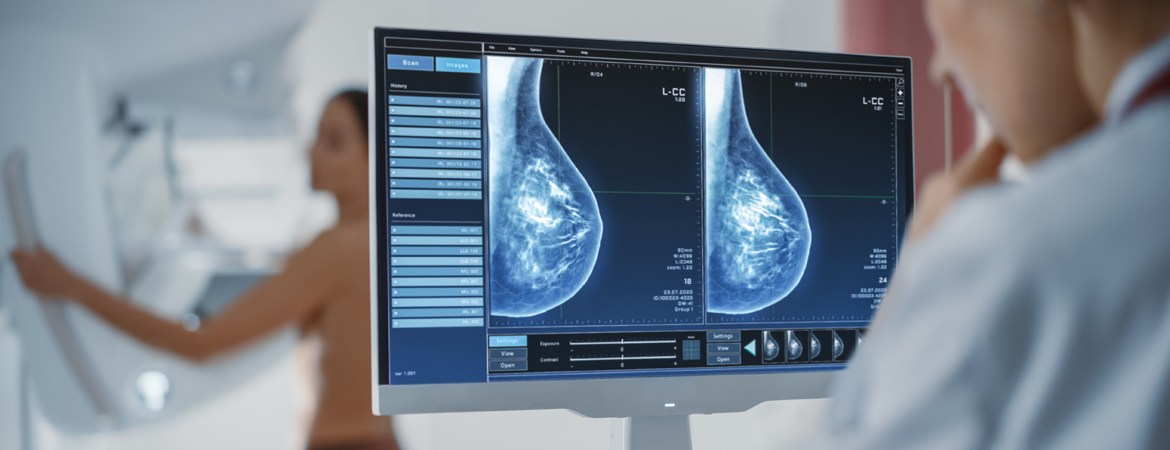
Breast cancer misdiagnosis
It’s the news you dreaded hearing and your heart just about stops when the doctor says it.
Breast cancer. A somber, dire word despite our best intentions to hope for the best.
What’s even more alarming is that sometimes, the doctors can get it wrong and you may be misdiagnosed. Which sounds just about the cruelest twist of fate ever, but it’s true.
What is a misdiagnosis?
Simply explained: a misdiagnosis is an incorrect assessment. When it comes to breast cancer, a misdiagnosis can come down to symptoms, an inexperienced doctor, or faulty equipment, amongst other reasons.
For example, inflammatory breast cancer can be confused for another condition that creates inflammatory symptoms. In South Africa, we also have to contend with the late diagnosis. That is, many women miss the signs and symptoms of breast cancer and only start treatment far too late.
From a recent report in PLOS One Journal, “Yet SA breast cancer mortality rates among socio-economically disadvantaged patients, although poorly reported, are assumed to be high. This is partly due to more than 70% of patients being diagnosed with advanced stage disease in rural and urban health care settings.”
Why does it happen?
The typical route to a breast cancer diagnosis starts with (ideally), a woman noticing abnormal symptoms during self-checks.
Let’s map this out.
Ally does routine breast checks every day in the shower. One morning she notices an odd swelling on her left breast. She immediately calls her doctor, who tells her to come in. The doctor examines Ally and concludes that she needs a mammogram to confirm the problem.
Ally goes for a mammogram. It just so happens that day the technician in charge administers the mammogram incorrectly and Ally receives the news that she does not have breast cancer. It’s possible that even the doctor assessed the results inaccurately.
Alternatively, when Ally first went to the doctor, he brushed away the concerns and felt the swelling was nothing of which to be concerned.
The result: misdiagnosis.
Understandably, any misdiagnosis is extremely stressful and emotional, whether a positive or negative result.
What should I do?
- First, ensure that you regularly do breast self-examinations at home. This is easy enough every day in the shower.
- If you notice any worrying signs, contact your doctor. These include oddly shaped bumps and lumps in your breasts, near your armpits, red, itchy, painful lumps or swelling or general pain and inflammation in your chest.
- It’s perfectly okay to go for a second opinion if you are concerned about the initial diagnosis.
- If you’re concerned about your doctor’s expertise, find a doctor who specializes in breast cancer care for peace of mind.
- The Cancer Association of South Africa (CANSA) recommends annual breast cancer screening for women of 40–54 years, and biennial mammography for women of 55 years and older.
Good to know
“While not all breast lumps indicate cancer, they should be investigated, especially if accompanied by other changes in breasts or the underarm area, such as lumps, texture changes, thickening, dimpling, changes in shape or size of nipples or breasts, tenderness, discharge, rash or swelling, or one breast suddenly being slightly larger than the other.”
CANSA (Cancer Association of South Africa)
References:
- https://www.health.com/condition/breast-cancer/doctors-misdiagnosed-the-lump-in-my-breast-and-it-turned-out-to-be-stage-3-breast-cancer
- https://www.webmd.com/breast-cancer/features/missing-diagnosis
- https://www.insider.com/woman-29-was-denied-mammogram-has-stage-4-breast-cancer-2022-8
- https://www.hueglifraserlaw.com/blog/portland-oregon-medical-malpractice/2016/12/14/radiology-mistakes-cancer-diagnosis/
- https://www.ncbi.nlm.nih.gov/pmc/articles/PMC5796726/
- https://cansa.org.za/breast-cancer/
Disclaimer
This article is for informational purposes only. Always check with your doctor or medical practitioner about any health concerns, before embarking on any fitness or nutrition programme, and usage of any medication.
